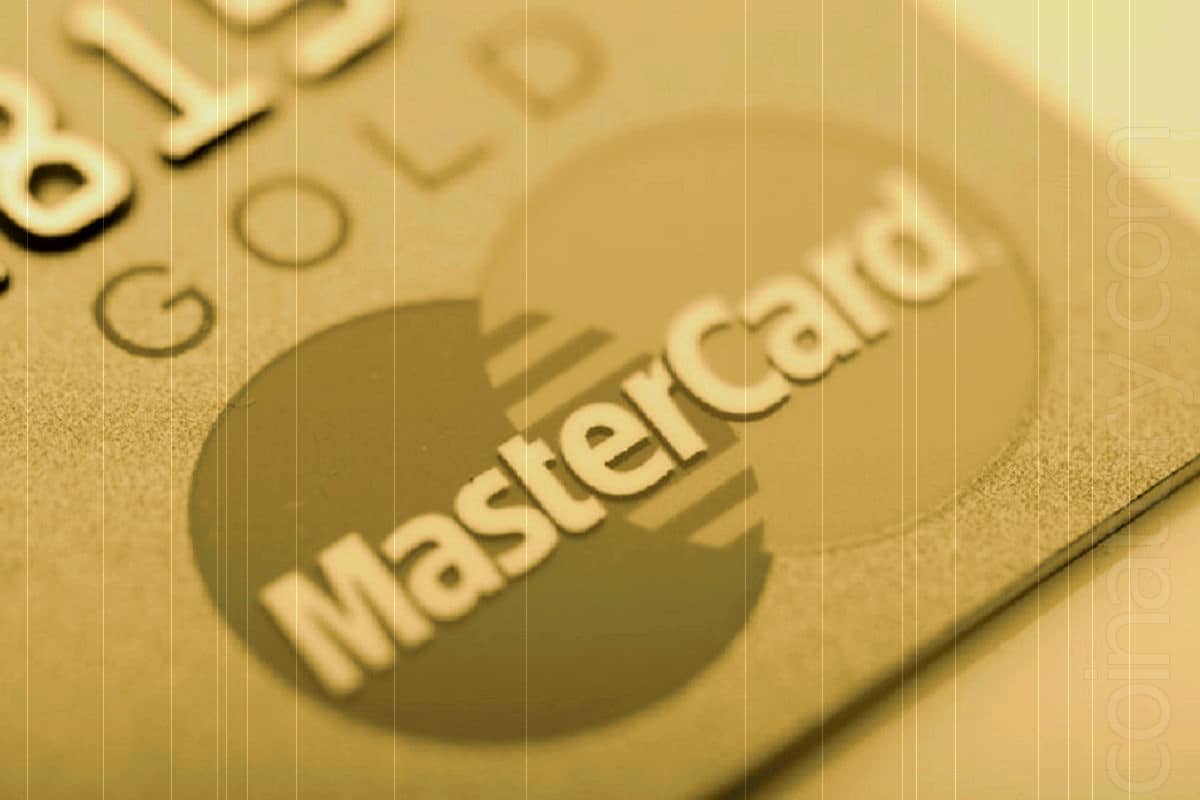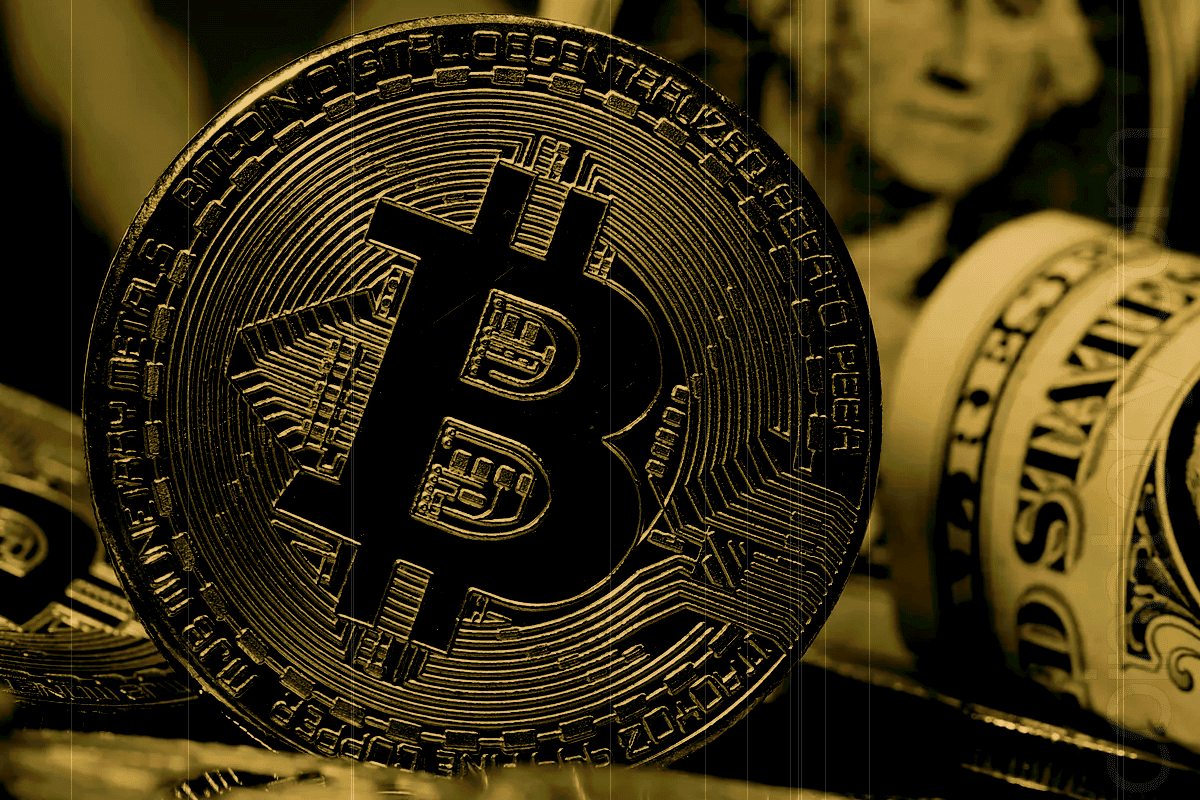
Despite their touted technical capabilities, stablecoins remain far from achieving widespread use in day-to-day payments, according to Mastercard executives. Speaking on an analyst call, Jorn Lambert, Chief Digital Officer at Mastercard, highlighted that while stablecoins offer speed, low fees, 24/7 uptime, and programmability, these features are insufficient without seamless user experience, broader accessibility, and mass-market distribution.
Mastercard Positions Itself as Key Infrastructure Partner
Mastercard continues to position itself as a critical intermediary between traditional financial institutions and the emerging crypto economy. Lambert emphasized that Mastercard’s global reach, security standards, and compliance infrastructure are essential to unlocking the broader adoption of stablecoins in mainstream commerce.
Mastercard’s vision isn’t new. Since 2021, both Mastercard and Visa have explored the potential of stablecoin integration. Recent collaborations include partnerships with Paxos for minting and redeeming the USDG stablecoin and support for notable issuers such as Fiserv’s FIUSD, PayPal’s PYUSD, and Circle’s USDC. These moves underscore the firm’s long-term ambition to facilitate the backend infrastructure of stablecoin transactions.
Adoption Lag Rooted in Friction and Limited Use Cases
Lambert noted that nearly 90% of stablecoin use remains tied to trading activity rather than consumer spending. While platforms like Coinbase and Shopify have enabled stablecoin payments, adoption for peer-to-merchant transactions is still limited due to friction at the point of sale and a lack of compelling consumer use cases. Lambert compared current functionality to prepaid cards, where utility is narrow and merchant coverage is inconsistent.
Contrary to narratives that frame stablecoins as threats to traditional payment networks, Mastercard and other incumbents aim to play a foundational role in scaling digital currencies by integrating them into their existing transaction rails.
Stablecoin Complexity Still a Major Barrier
Raj Seshadri, Mastercard’s Chief Commercial Payments Officer, further stressed the latent costs involved in stablecoin transactions—particularly those tied to fiat conversions, foreign exchange, regulation, and settlement infrastructure.
However, not all perspectives align. Federal Reserve Governor Christopher Waller recently argued that stablecoins could increase competition in the payments sector, helping reduce transaction costs across the board. Speaking at a Dallas Fed event, Waller asserted that enhanced competition is a net positive for consumers and businesses alike.
Stablecoin Legislation and Institutional Response
With regulatory clarity advancing in the U.S., banks and financial institutions are now evaluating their strategies to mitigate deposit outflows into digital assets. Many are considering launching their own stablecoins or deposit tokens. Lambert noted that institutions are focused on product-market fit and maintaining control over customer deposits.
Governments and central banks are also developing their own digital currency strategies to support innovation while mitigating the risk of dollarization in local economies. “We expect to see a wide range of approaches emerge globally,” Lambert said.
Meanwhile, the U.S. Congress is advancing a legislative package aimed at defining the regulatory framework for stablecoins, with a landmark bill potentially reaching President Donald Trump’s desk. The legislative momentum has been dubbed “crypto week” by the Republican-controlled House.







